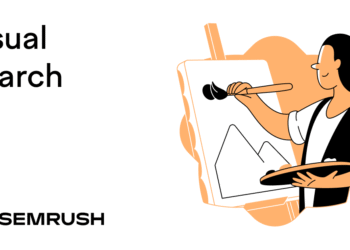
Live coverage from Ragan’s Employee Experience Conference.
Not all employees are the same. Each has unique needs, wants, hopes, desires. And while it may not be possible to scale to meet each individual’s specific circumstances with employee experience programs, segmenting your audience and diving deep into their pain points can help. When you understand employees, you can then help them gain insights into their role and purpose within the company, said Theresita Richard, chief people officer at Patagonia, during Ragan’s Employee Experience Conference Wednesday.
When Patagonia conducted an audit of their own employees’ experiences, they learned there was a disconnect between how satisfied corporate workers were compared with frontline employees, Richard said. The workers who staffed stores and warehouses were less satisfied than those who worked desks.
They wanted to change this. Their strategy? Immerse their comms team into the daily lives of employees and collect as much information as possible. They could then turn that data into an action plan.
This strategy can work for other organizations too. Here’s what to know.
Proximity
“It’s essential that we understand our bodies hold stories,” Richard said.
Every employee carries a unique narrative shaped by their individual experiences and backgrounds. By tapping into their stories, organizations can foster a more inclusive and understanding workplace, and one where employee satisfaction feels personal, she said.
“We accompanied people at the beginning of their day, rode the subway with them, engaged in co-creation workshops with them,” she said. They started with employees working in retail and distribution centers.
“Getting close isn’t good enough,” Richard said. “It’s very easy to say ‘I know the answer,’ but we needed to understand what our employees were genuinely experiencing.”
Not every company has the time, budget or capabilities to go to these lengths but becoming more hands-on by asking questions, hosting workshops and trying to understand employee challenges can help organizations assess the pain points. This information then lays a path for improvement, Richard said.
“Zoom in on their specific needs,” she said. “This means actively listening and identifying their highest priorities.”
Attention
Once you know who your employees are on a personal level, organizations can then shift their attention to the highest priorities. What are the needs? How can your company better meet these needs? What does a potential game plan look like?
Pay attention to what employees are saying and track where you’re hearing patterns. This is a good indicator that your attention should be paid there, Richard said.
As an example, Richard said that an employee brought up Patagonia’s reimbursement policy for things like massages and other health-related services. While this is good in theory, the employee said more practical support, like paying for a monthly gym membership, better suits her lifestyle and financial situation.
What an organization thinks is best and what an employee needs may be two separate things, Richard said.
“Understanding these needs allows us to prioritize our attention and investment where it truly matters,” she said.
Action
Once you have gathered information about who your employees are and learned where you need to focus your attention, you have to implement change.
“Decisive action should be taken based on the insights gathered from employees,” she said.
Prioritize your efforts where they can make the most impact. This approach involves experimenting with strategies and initiatives to determine what resonates best with employees and their evolving needs.
Patagonia tested changes using focus groups. This was done for its “highest impacted audience” — in this case, frontline workers, she said. By integrating changes there, the organization could get a better snapshot of how the changes affected employee experience.
“Then we could focus on ‘what are the different ways we could create more clarity?’” Richard said.
By creating a framework that allows for iterative learning and improvement, organizations can ensure that their actions remain relevant and effective overtime, Richard said.
Courtney Blackann is a communications reporter. Connect with her on LinkedIn or email her at courtneyb@ragan.com.
The post What Patagonia learned by riding the subway with employees appeared first on PR Daily.














